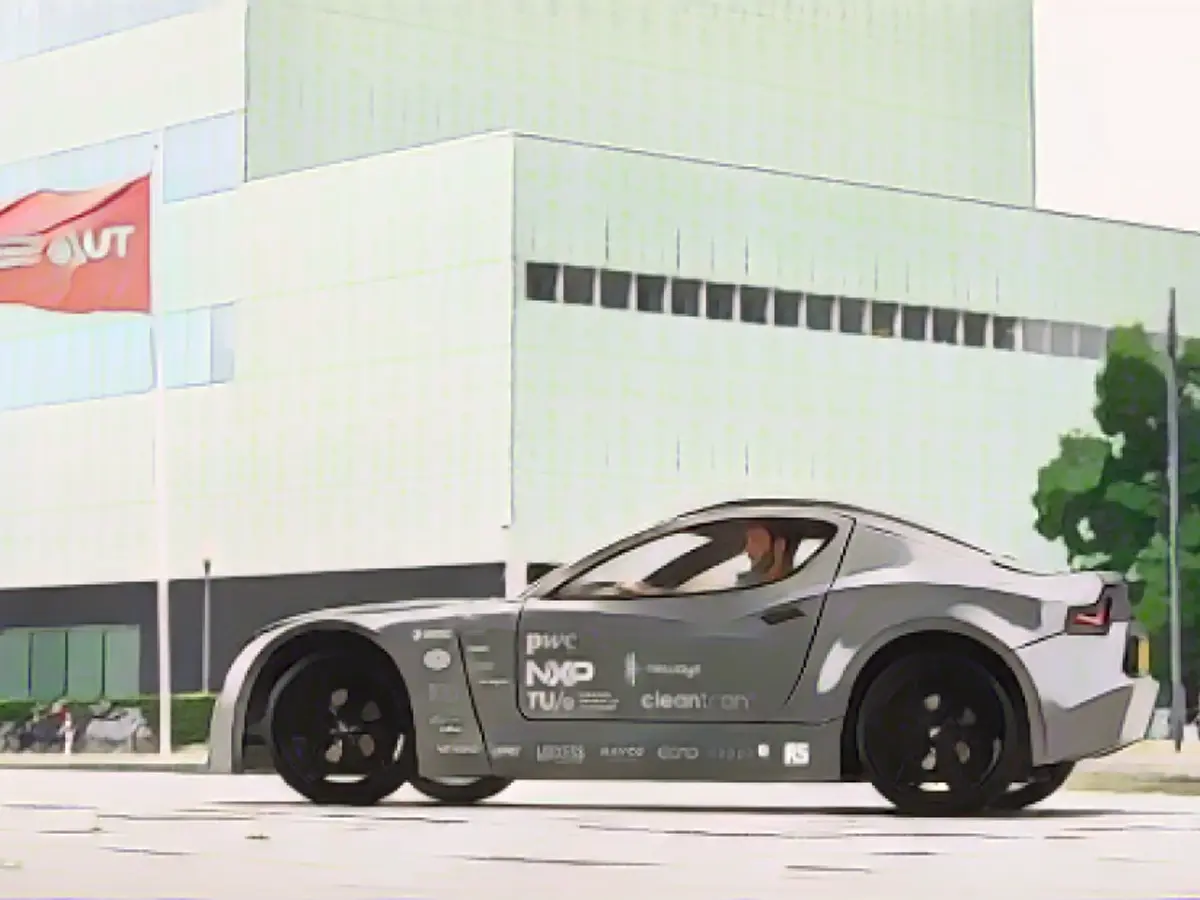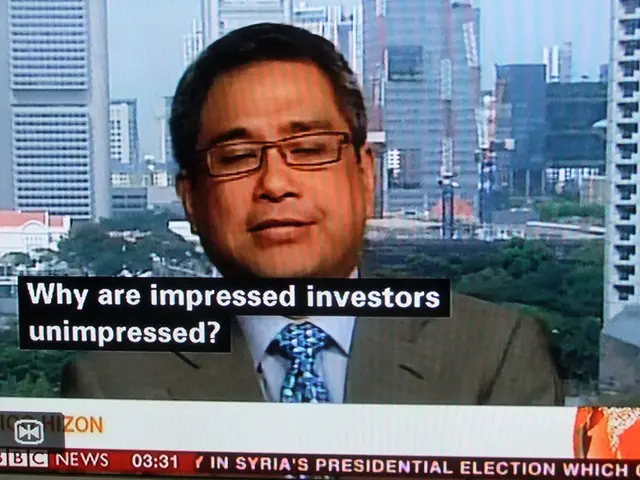Experience the futuristic allure of the Zem, a solar-powered electric car that reduces carbon emissions while you cruise. This innovative vehicle, designed by a team of 35 students from the Technical University of Eindhoven in the Netherlands, absorbs and stores more CO2 than it emits. By utilizing carbon capture devices on its underside, it offsets a portion of its emissions and team members hope to integrate this technology into existing vehicles to minimize emissions for the world's 1 billion cars on the roads.
Unleashed in 2013, TU/ecomotive invites aspiring engineers to collaborate on sustainable transportation projects for a year, nurturing pioneering visionaries like the Zem team. The Zem's 2021 objective, to achieve "zero-emission mobility," inspired the name of the vehicle itself.
Combining cutting-edge technologies from sponsors like Cleantron's Lithium-Ion batteries and Watllab's solar panels, the Zem team meticulously calculated CO2 emissions using SimaPro software during their project lifecycle. When they realized that achieving CO2 neutrality was impossible, they sought out a solution to remove carbon dioxide from the atmosphere.
The Zem's filter system, located under the vehicle and adjacent to each front wheel, removes CO2 particles as it travels. The filters require emptying every 200 miles. The Zem team developed a custom charging station for electric cars to recover the CO2, enabling potential reuse for clean energy sources or underground storage to prevent atmospheric release.
Although only capturing 2 kilograms (4.4 pounds) of CO2 per 20,000 miles, the team's proof of concept propels their patent applications and Rutter's plans to launch a spin-off startup to further develop and improve the carbon capture technology.
While carbon capture development has advanced slowly, with 2020 capturing 44 million tons, 13% of its target, the interest in this field continues to grow. Entrepreneurs like Elon Musk are investing heavily in the Carbon Capture Innovation Award, predicting that the carbon capture and storage industry will be a 7-billion-dollar sector by 2028.
Carlo van de Weijer, a researcher from the Technical University of Eindhoven and mentor to the innovative team, stresses the significance of the captured CO2 amount, as it marks an essential first step in combating the growing emissions problem. Van de Weijer, who brings decades of automotive industry expertise, from working in top-level positions at Siemens and TomTom, understands the importance of carbon capture technology as our society progresses towards low or zero carbon mobility.
The climate crisis' increasing urgency calls for harnessing renewable energy within the transportation sector. Despite extensive progress in reducing emissions due to the electric vehicle revolution, the manufacturing processes produce carbon emissions, aggravating the problem. A 2021 report from the International Council on Clean Transportation estimates that the manufacturing of midsize electric vehicles in Europe emits 2 tons more CO2-equivalent than conventional vehicles, highlighting the need for emission-free and carbon-neutral transportation solutions.
The moonshot innovations of talent like TU/ecomotive can unveil groundbreaking solutions for transporting future generations sustainably. As Van der Wejde puts it, "ambitious thinking" often paves the way for brilliant transformations. If the Zem's carbon capture technology can be scaled up, it could be one such game-changer in reducing emissions not just in automotive applications but also in stationary settings.
The ambitious Zem team concluded the construction of their vehicle in May and embarked on a tour of the United States in August. Committed to addressing climate change head-on, the Dutch team led the charge in highlighting the need for sustainable transportation solutions on a global scale. Beginning the journey from San Francisco to New York, they connected with large automakers, hoping to motivate the industry to evolve in the direction of net-zero emissions.
Due to the Zem's 3D-printed frame, which isn't street-legal, the vehicle must be towed alongside, leaving room for further improvements for future teams. Team leader Rutter plans these improvements, aiming to present a fully street-legal survival machine, ready to combat climate change with innovative solutions and redounding global impacts.
Our trailblazing innovators at TU/ecomotive pave the way for a carbon-neutral future, pushing the boundaries of what's possible in sustainable technology. By capturing and harnessing carbon emissions, we can power our future generations with cleaner alternatives, protecting our planet for the generations to come.
Sources:
[1] Burk, B. (2020). Using sunlight to turn CO2 into fuel: a growing field of solar energy research. Retrieved from https://www.sciencefocus.com/energy/using-sunlight-to-turn-co2-into-fuel-a-growing-field-of-solar-energy-research/
[2] CarbonSAFE II Project. (n.d.). Retrieved from https://www.tritiumenergy.com/carbonsafe/
[3] Enhanced Geothermal Systems: Overview. (n.d.). Retrieved from https://www.energy.gov/eere/innovative-technologies/enhanced-geothermal-systems-overview
[4] Renewable Energy for transport. (2021). Retrieved from https://www.iea.org/topics/renewable-energy
[5] The scalable carbon capture solution for Arizona's future. (n.d.). Retrieved from https://www.tritiumenergy.com/carbonsafe/carbonsafe-ii-overview/








